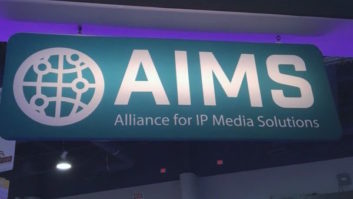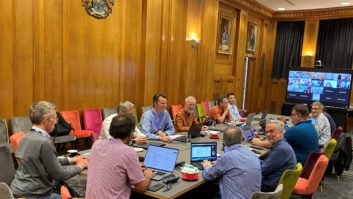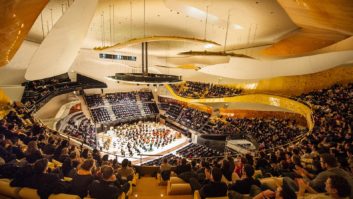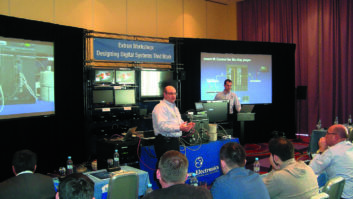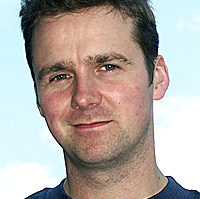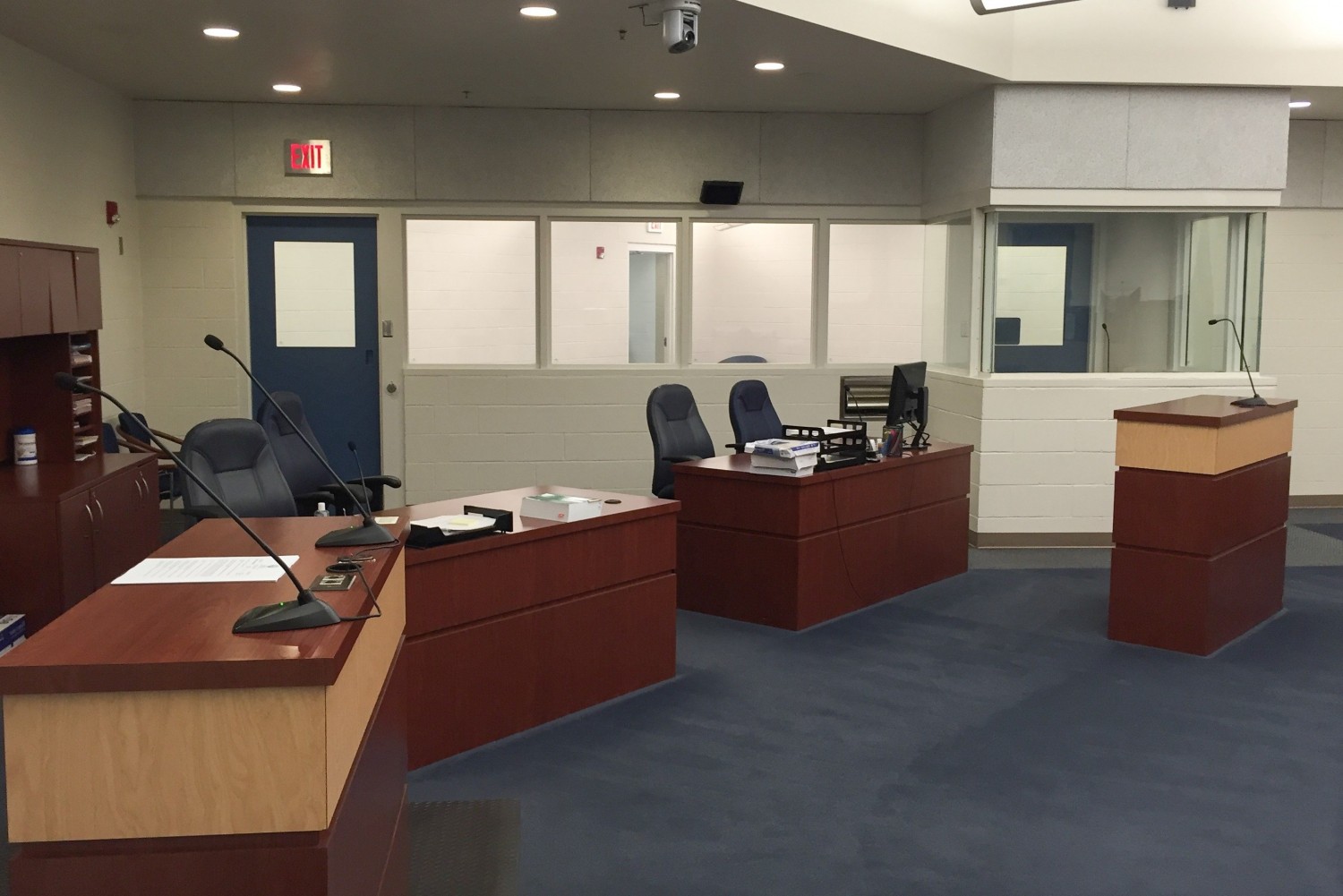
The ongoing roll-out of products supporting one or more networking technologies and a flurry of activity around standards mean that 2015 was a landmark year for the adoption of networked audio. David Davies takes stock of some of the key changes
At the beginning of 2015, RH Consulting’s The Death of Analogue and the Rise of Audio Networking white paper underlined the extent to which customers are now faced with a burgeoning variety of networked audio products. As the year drew to a close, some of the leading vendors were able to highlight impressive rates of adoption – most obviously Audinate, which at time of writing could cite more than 550 products enabled with its Dante technology [Editor’s note: the number had risen to 700 by ISE 2016] – while the number of landmark projects based around elaborate audio networks continued to grow.
Adding to the momentum, 2015 also witnessed some significant activity around standards. The TSN (Time Sensitive Networking) extension appeared to give additional lustre to the AVB project, while the AES67 standard – which delivers interoperability between existing IP-based audio networking technologies – was frequently used in conjunction with terms like ‘gamechanger’. Now looming on the immediate horizon is AES70, which will define a scalable protocol architecture for the control and monitoring of professional media networks.
As 2016 gets underway, Installation offers what is essentially a brief progress report on networked audio – in particular, examining the impact of standards initiatives current and future, and the applications where the new technologies are really making an impact.
AES67 adoption
The fact that the central message around AES67 – that it can be used to ensure that products running existing IP audio networking technologies (eg, Dante, Livewire, Ravenna, Q-LAN) can successfully co-exist – is relatively straightforward has surely be an important ingredient of its success in the often confusing world of networked audio. Vendors announced their support for the standard throughout 2015, culminating in a live demo – organised by the AES67-promoting Media Networking Alliance – at the AES Convention in New York that featured no fewer than 22 products from Genelec, Lawo, Merging, Yamaha, Solid State Logic and others.
Andreas Hildebrand, senior product manager at Ravenna technology developer ALC NetworX, is in no doubt about the significance of the demo. “While we had already successfully verified the fundamentals of AES67 during the 2014 plug-fest hosted in Munich, this was the first time that people just brought their devices, pre-configured with some basic parametrisation (ie, IP addresses, multicast address assignments, etc), plugged them into a single switch, and configured stream offerings and reception dynamically on-site,” he confirms. “It was also for the first time that devices from all IP-based solutions (ie, Ravenna, Livewire, QLAN and Dante) were present on one network and participated successfully in AES67 stream exchange.”
Products with AES67 support continue to mount up, but that doesn’t mean that the roadmap for the standard is entirely clear. Riedel product manager Christian Diehl points to full AES67 integration in its Tango and Smartpanel products, and notes that a relevant Artist interface card is on the way. “We see AES67 being adopted more and more by vendors in the broadcast and install markets,” he says.
Nonetheless, there is a feeling that AES67 is still “a relatively young standard. The implementations of the standard still differ, especially regarding the support of different protocols (eg, SIP). We expect these, and other issues, to be ironed out over time.”
For Clear-Com, director of product management Simon Browne confirms that the intercom giant is “closely watching developments with AES67 and Dante and planning for future integration”, but for now the firm remains agnostic. “It’s clear that everything is going IP, including intercom, but there is a need to be confident that everything will run over a network where intercom is going to be the third priority after video and audio,” he says, describing the continued uncertainty in the industry as “horrible. I really wish the industry would make a decision one way or the other!”
Meanwhile, some leading vendors are continuing to look at AES67 in the context of their commitment to AVB. For Biamp Systems, product manager, audio systems Justin O’Connor remarks: “The Tesira line currently supports a Dante card (DAN-1) and we will include AES67 support in a firmware release once we have finished firmware from Audinate, and have fully tested and qualified its operation. As far as AES67 over AVB/TSN [is concerned], we will always operate in accordance with the interoperability specifications as set out by the AVnu Alliance; we remain steadfast partners in AVnu. Should it be determined that AES67 is to become a part of the interoperability specifications, we will implement our solution in accordance with that determination.”
Picture: The Ninth Judicial Circuit Court in central Florida has upgraded its Biamp system to include the Tesira platform of products, enabling its audio needs to be unified and providing a single point of software control
ALC NetworX
AVnu Alliance
Biamp Systems
Clear-Com
Media Networking Alliance
Riedel
RH Consulting


